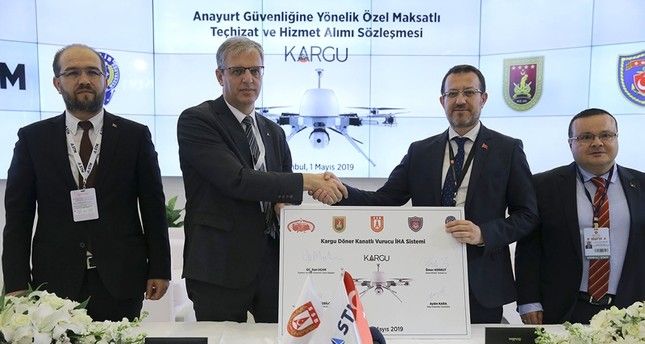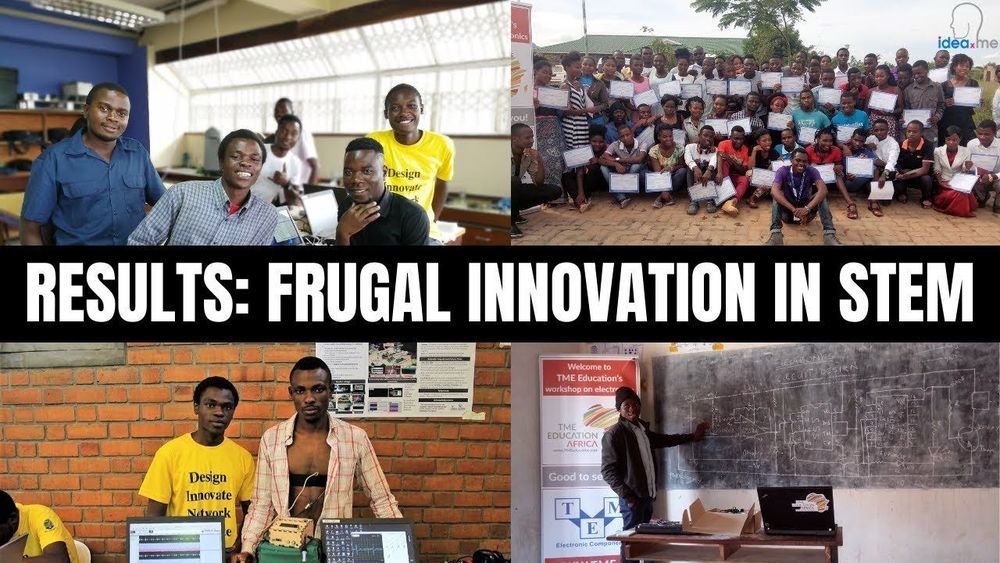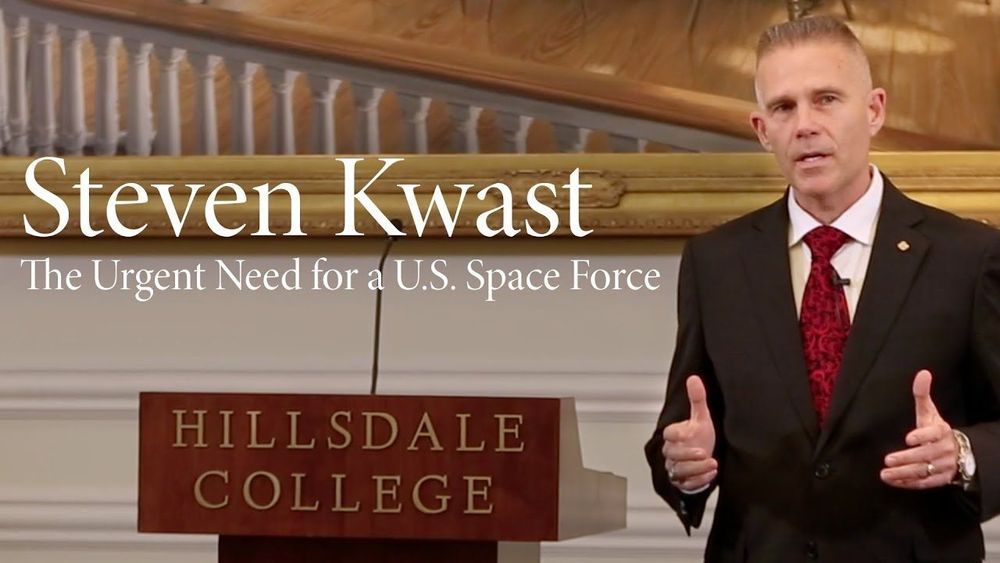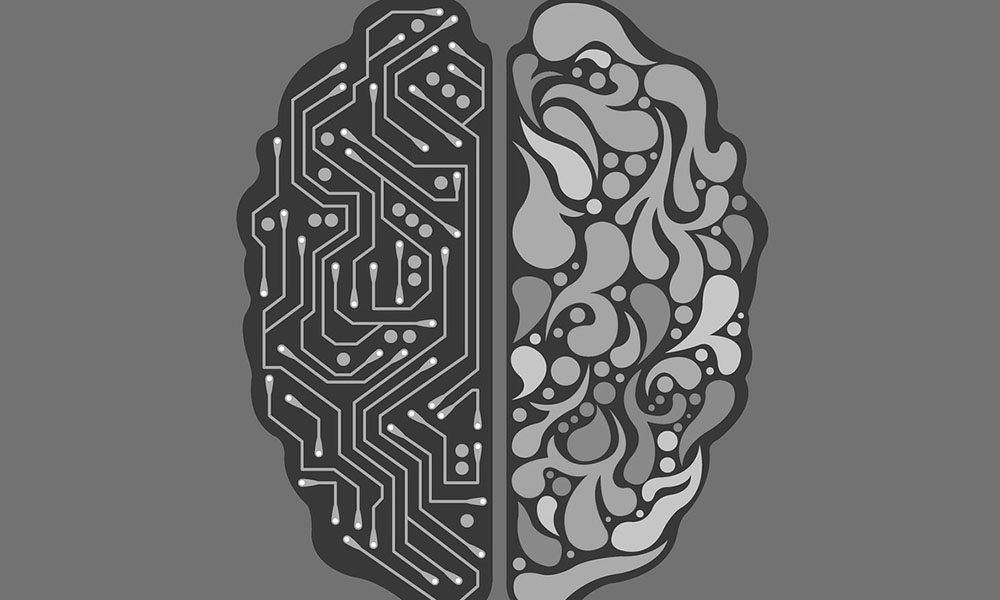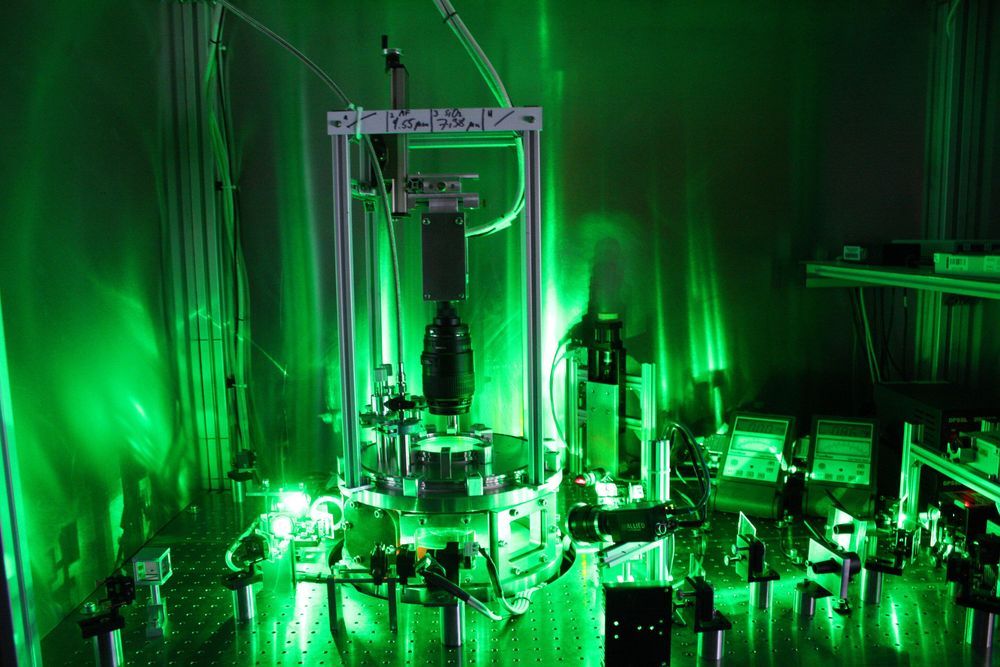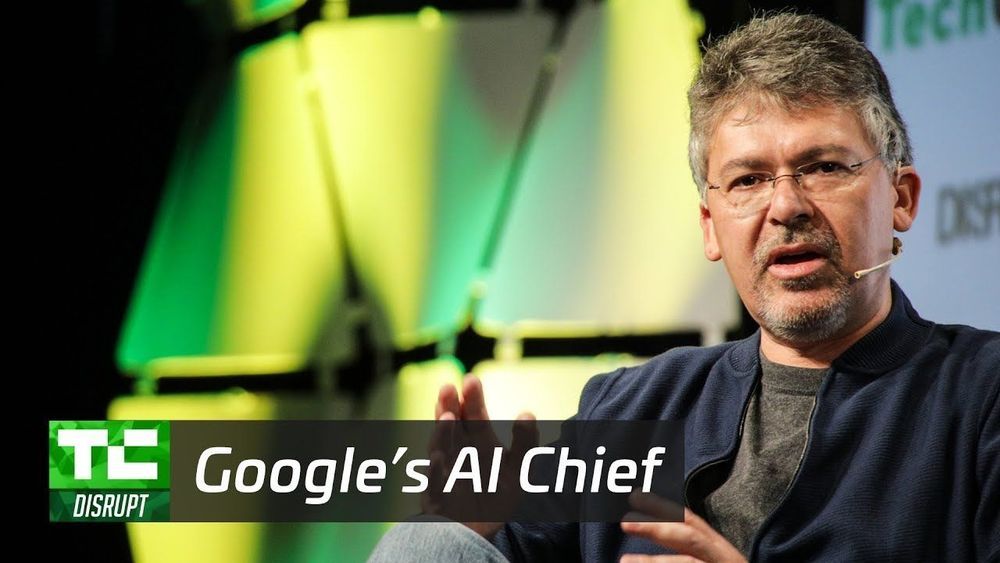Jan 8, 2020
Domestically-developed kamikaze drones to join Turkish army’s inventory as of 2020
Posted by Mike Diverde in categories: drones, engineering, military, robotics/AI
Coming soon to crowd suppression near you…
30 upgraded KARGU (Autonomous Tactical Multi-Rotor Attack UAV) kamikaze drones developed by Turkish defense contractor Defense Technologies Engineering and Trade Inc. (STM) will join the Turkish Armed Forces’ inventory as of 2020 to take part in critical operations in the country’s east and along the Syrian border.
The KARGU battle drone, which was developed by the STM to support the tactical and field needs of Turkish security forces, eliminates targets more efficiently with new features such as enhanced ammo capacity and improved accuracy. The 30 drones will also have the capacity to destroy an entire brigade and warship.
